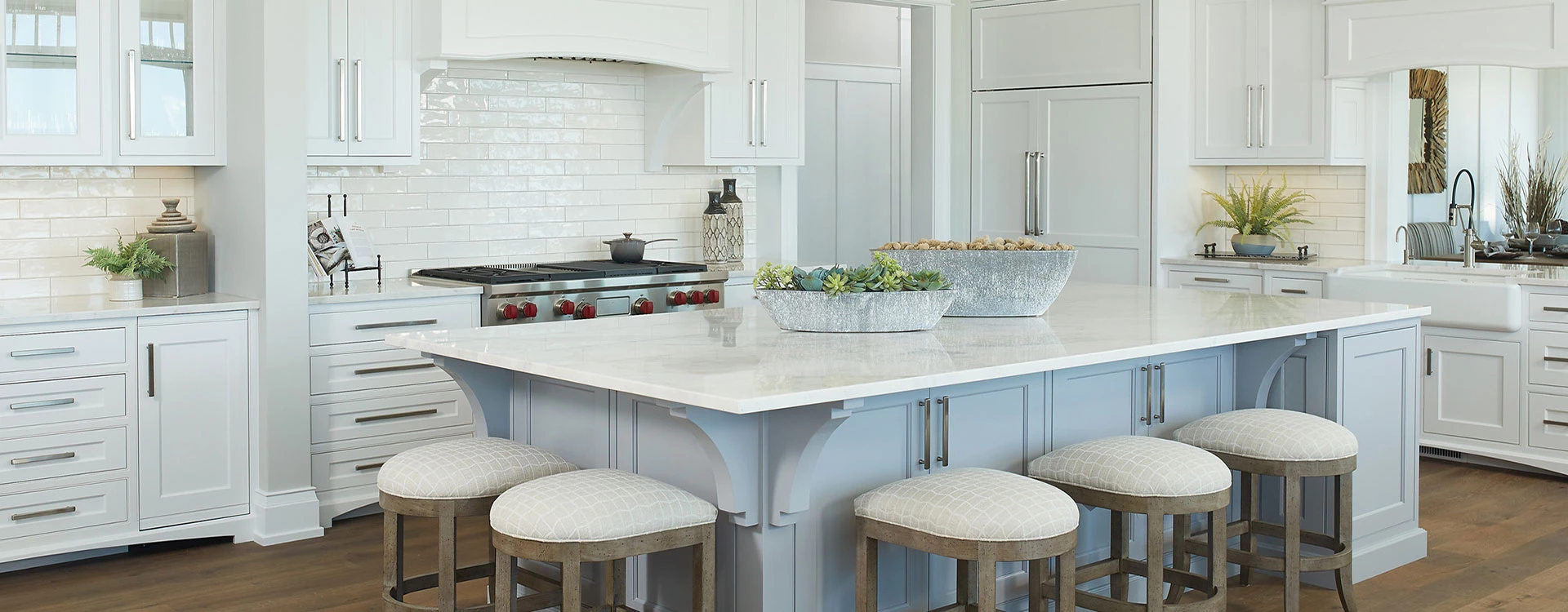MDF in Interior Design – Advantages, Uses, and Trends

You know that feeling when you spot a perfectly smooth, painted cabinet and wonder, “How’d they pull that off on a budget?” Hint: MDF’s usually the secret sauce. Interior designers and weekend warriors alike adore Medium Density Fibreboard—MDF for short—because it’s crazy versatile, surprisingly tough, and won’t make your wallet cry. Let’s dive into why this humble engineered wood continues to dominate, how folks are using it today, and the wild new twists popping up in 2025.
Table of Contents
ToggleSo… What Is MDF, Anyway?
Imagine gathering up every little wood scrap—hardwood offcuts, softwood chips—and grinding them into teeny fibers. Then you mix ’em with resin and wax, crank up the heat and pressure, and voilà: a super-uniform, warp-resistant board emerges. No knots, no surprise splits—just a reliably flat surface that begs for paint, stain, or veneer. That predictability is gold when you need clean lines and exact cuts.
Five Reasons MDF Feels Like Magic
- Affordable: Solid oak is gorgeous, but it can cost an arm and a leg. MDF looks just as slick when painted or veneered—at a fraction of the price. Win-win.
- Smooth Surface: Seriously, you can slap on a coat of your favorite hue and get flawless coverage. No grain to fight, no knots to fill. If you’ve ever spent hours sanding pine, you’ll appreciate MDF’s smooth-as-butter surface.
- Custom Design: Crown molding? Intricate geometric panels? Go wild. MDF cuts like a dream—CNC routers love it—and manufacturers even offer cut to size MDF sheets so you don’t have to wrestle giant sheets at the hardware store.
- Built-to-Last (Within Reason) While it won’t out-hammer a thick slab of maple, a sealed MDF board shrugs off the usual dings and knocks. It won’t split or crack like older wood, making it a great pick for cabinets, shelves, and furniture.
- Feel-Good Factor Many MDF lines pack in recycled wood fibers, so you’re not tapping fresh-growth forests. It’s a greener pick that still delivers style and strength.
Where You’ll Find MDF In Interior Design
- Kitchens & Baths: Those sleek, painted cabinet doors? MDF’s behind the scenes, soaking up your glossy finish. It’s also a favorite for bathroom vanities—now with moisture-resistant options so you don’t end up with saggy doors by summer.
- Show-Stopping Walls: Feature walls are everywhere, from beadboard in cozy cottages to laser-cut hexagons in ultra-modern lofts. MDF makes installing a statement wall almost too easy.
- Shelving & Storage: Floating shelves, built-ins, retail displays—you name it. MDF’s budget-friendly durability means you can fill that wall with books, plants, or tchotchkes without breaking the bank.
- Custom Furniture: Desks with hidden cable channels, curvy bookcases, window seats with inset lighting—designers are pushing MDF further than ever. And honestly, who doesn’t love a one-off piece that fits perfectly in a nook?
- Trim & Molding: Want crisp, intricate profiles around your doors and windows? MDF’s consistent density means you get those sharp edges every time, and it paints up just like the pros’ trim boards.
What’s Buzzing In MDF For 2025
- Health-First Materials: ULEF (ultra-low-emission) MDF and recycled-content boards are all the rage. If you’re sensitive to smells or indoor air quality, these certified panels keep your home fresh and safe.
- Bring On The Water & Heat: New moisture- and fire-resistant grades let you spec MDF in places you’d never dream of before—think steamy showers or commercial kitchens.
- Digital Surface Printing: Imagine snapping a photo of driftwood or subway tile and having that exact pattern printed directly onto your MDF sheets. Photorealistic grains, bold murals, you name it—your walls can be anything.
- Lights, Camera, Action!: CNC machines are routing channels for LEDs, ventilation, even hidden wiring, so your panels can double as art and tech hub. It’s like giving your walls a secret superpower.
How Designers Are Styling
- Go Bold Or Go Home: Matte black cabinets? Deep jewel-tones on bookshelves? MDF takes color like a champ, so designers are embracing big, moody hues to make pieces pop against neutral backdrops.
- Texture Play: Linear grooves, 3D tessellations, subtly ribbed panels—these details cast shadows and add depth, transforming flat walls into tactile canvases.
- Material Mash-Ups: MDF meets butcher-block, metal mesh inlays, or woven rattan inserts. Pairing MDF’s smooth planes with organic elements creates that “je ne sais quoi” every designer covets.
- Minimalist Monoliths: Seamless, handle-free cabinetry runs and invisible hinges give rooms that sleek, modern museum-wing vibe. Nothing says “contemporary” like a flush MDF door that seems to float in mid-air.
Putting It All Together
Whether you’re redoing a cozy reading nook or planning a full-blown Reno, MDF has your back. It’s budget-friendly, eco-conscious, and ready for whatever design curveball you throw at it—cutouts, color blasts, or CNC-crafted hero walls. So next time you’re sketching ideas, remember: MDF’s not just another board; it’s your backstage creative partner, primed to make your vision sing (and stay within budget).
Go on—get your hands on some MDF and let your imagination run wild. You might just fall in love all over again.
Published by Carol Jones
My aim is to offer unique, useful, high-quality articles that our readers will love. Whether it is the latest trends, fashion, lifestyle, beauty , technology I offer it all View more posts







